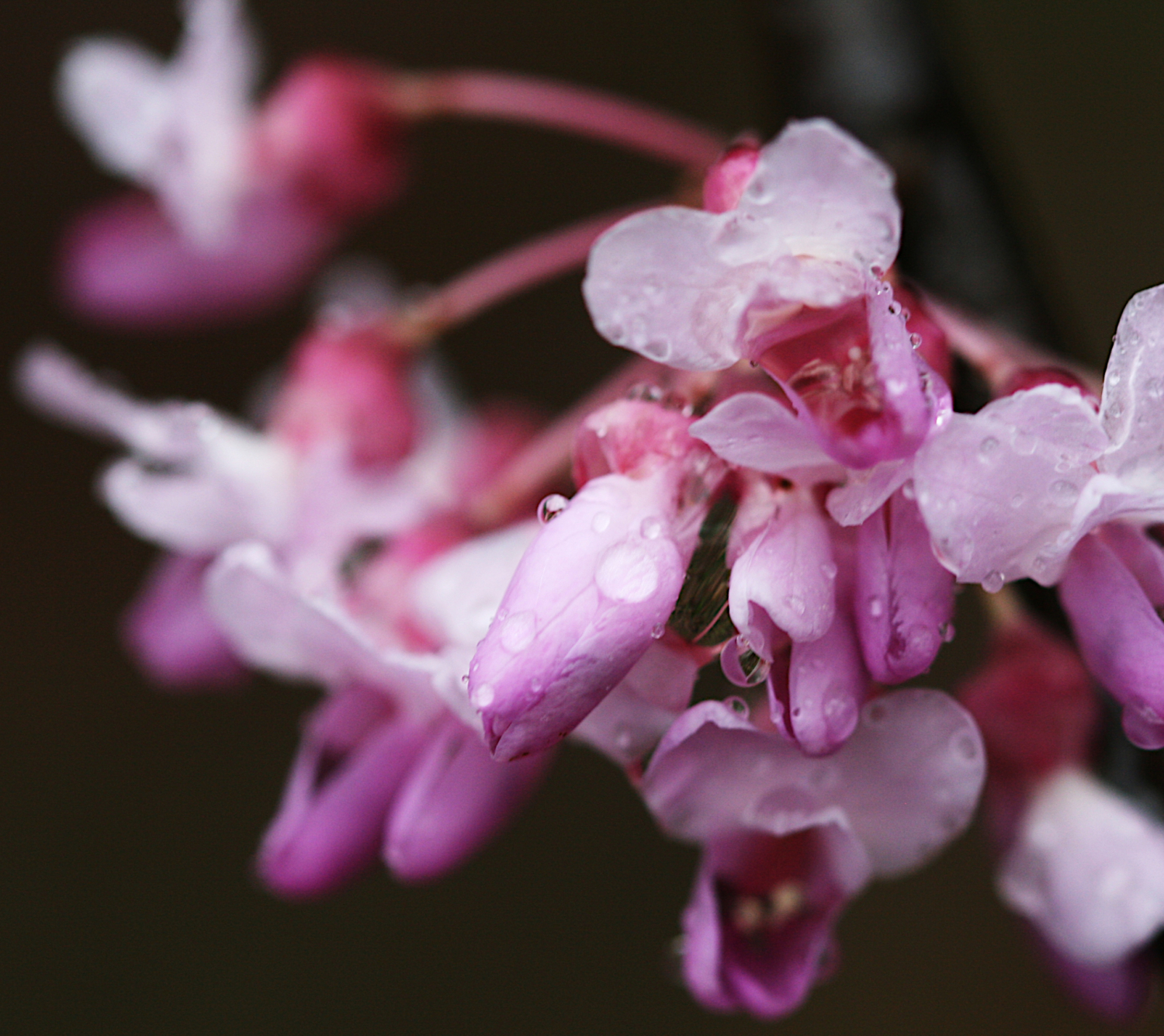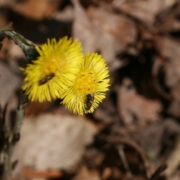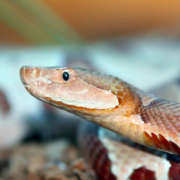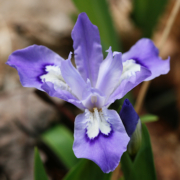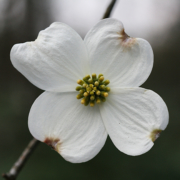Virtual Wildflowers #2
Bays Mountain Park & Planetarium is bringing you a series of blog posts and videos to make sure you can still learn about and appreciate nature, even as you’re spending more time at home. Hope you enjoy!
—————
Virtual Wildflowers | March 30
by Ranger Bob Culler
All photographs copyright Bob Culler, 2020
As the weather warms toward another spring, the wildflower blooming season is starting to hit its stride. Many of the flowers from last week are still blooming. Several new plants are adding to the show this week. Some trees are just beginning to leaf out, as well. The changes will happen quickly over the next few weeks. A cool spell (as predicted for the next few nights) can slow the progression somewhat. The only thing you can count on is change!
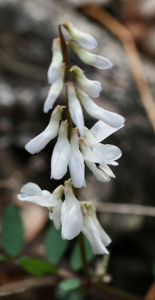
Carolina Wood Vetch (Vicia caroliniana)
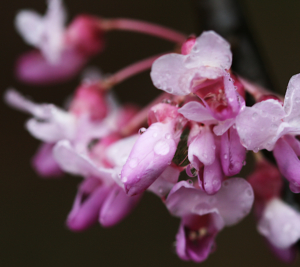
Redbud (Cercis canadensis)
Two plants blooming this week are redbud, a tree, and wood vetch, a small herbaceous plant. At a glance, these plants look very different. It turns out they are very closely related. If you look closely at the flowers, you can see the family resemblance. They are both legumes (pea family). Scientists often classify plants according to the similarity of their flowers. Other parts of the plants may look completely different, but flowers show the relationships between plants.
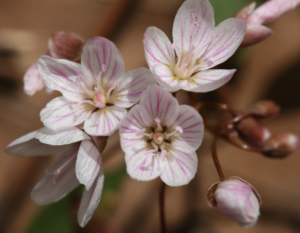
Spring Beauty (Claytonia caroliniana)
This is one of my personal favorite spring wildflowers. That may be partly because of the name. The biggest reason is the tiny intricate flowers, though. From a distance, they appear to be a solid pale pink. The closer you look, though, the more intricate the details get.
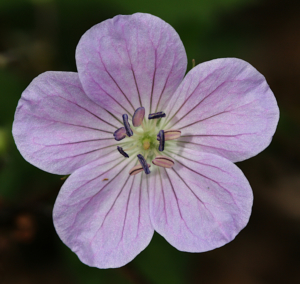
Wild Geranium (Geranium maculatum)
“Geranium” is one of those names that causes much confusion. Often the geraniums we see for sale at garden centers are tropical species in the genus Pelargonium. Our native wildflower is in the genus Geranium. Another common name for this plant is Cranesbill. This is due to the seed capsule that looks vaguely like a bird’s beak. This seed capsule explodes when ripe to send the seeds to new ground.
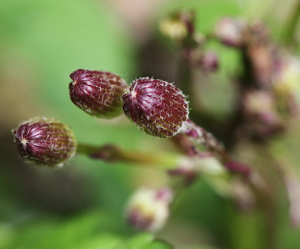
Golden Ragwort (Senecio aureus)
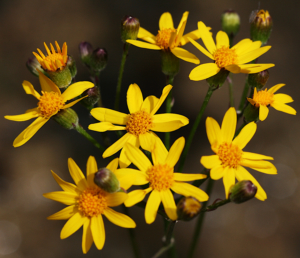
Golden Ragwort (Senecio aureus)
This flower provides a bit of a surprise in the early spring; the buds are dark purple, but the flowers open to bright golden yellow! Golden Ragwort grows commonly along many of the park trails. Occasionally, it also grows in open woods. The golden yellow flowers attract many types of insect pollinators.
Enjoy nature at every opportunity! Even your backyard has lots of wildlife if you take the time to notice. Visit Bays Mountain Park when you can. In the meantime, stay safe and keep your distance!

